In cultures and legends around the world, some animals are given ominous symbols and are often associated with negative meanings such as death, misfortune, and evil. These animals are not harmful in themselves, but due to ancient beliefs, legends, or superstitions, people believe that their appearance foreshadows disaster or bad luck. This article will explore in depth which animals are considered ominous in different cultures, as well as the reasons and background behind these beliefs.
Crows are seen as symbols of death and bad luck in many cultures. Their black feathers, piercing calls, and their frequent appearance near graves and battlefields make people believe that crows are omens of death. In European and North American traditions, crows are closely associated with witchcraft and evil. People believe that crows are messengers of the dead, and their appearance often foreshadows death or disaster.
In Celtic mythology, crows were considered the incarnation of Morrigan, the goddess of war and death, and often appeared on battlefields, symbolizing impending death. In ancient Rome and Greece, crows were also often associated with death and dark prophecies.
Although crows are seen as ominous in many cultures, they are actually very smart birds that are good at problem solving and even know how to use tools. Crows play an important role in the ecosystem, such as cleaning up animal carcasses and helping to keep the environment clean.
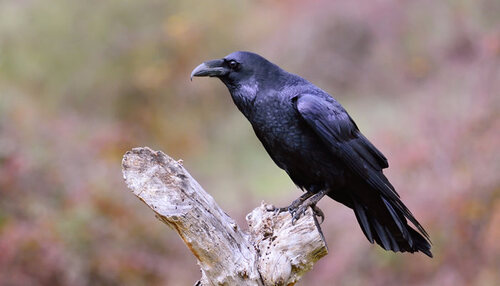
Because of their nocturnal habits and the shrill cries they make in the dark, owls are often considered to be an ominous omen. In traditional cultures of Europe, the Middle East and Africa, the appearance of owls is often associated with death and bad luck. The ancient Romans believed that the cry of an owl foreshadowed death in the family, and in some African tribes, owls were regarded as companions of wizards or messengers of evil spirits.
In ancient Greece, although owls symbolized wisdom and the goddess Athena, their nocturnal nature and cold appearance still made many people uneasy. In some North American Native American legends, owls represent travelers of the soul and foreshadow someone's imminent death.
In fact, owls are important predators in nocturnal ecosystems, helping to control the number of rodents and insects. Their nocturnal activity and silent flight ability make them efficient predators at night.

In Western culture, black cats are often considered companions of wizards, especially in medieval Europe, where black cats were closely associated with witches. Many people believe that seeing a black cat, especially when a black cat crosses their path, brings bad luck or disaster. In cultures related to Halloween and witchcraft, black cats often appear as symbols of evil.
In medieval Europe, witch hunting was prevalent, and people believed that black cats were the "incarnation" or "servants" of witches, assisting them in performing evil witchcraft. Even in modern times, some people still believe that black cats are ominous, especially in rural areas of some European and American countries.
Although black cats are not loved in some cultures, they are regarded as a symbol of luck in many other cultures. For example, in the UK and Japan, black cats are believed to bring good luck. In modern society, black cats are just dark-colored felines, and there is no essential difference between them and other cats.

Bats are often associated with darkness, fear, and death, especially in Western culture, where they are closely associated with vampire legends. Bats are often portrayed as the embodiment of evil creatures because of their nocturnal activities, their posture of hanging in caves, and the blood-sucking habits of some species.
In the legends of Central and Eastern Europe, vampires are often associated with bats, especially the existence of vampire bats makes this association more vivid. According to legend, vampires can transform into bats and look for victims at night to suck blood.
Although bats are often associated with evil in culture, they play an important role in the ecosystem. Bats are the main predators of nocturnal insects and help control the number of pests. At the same time, fruit bats also play a key role in seed dispersal and pollination.
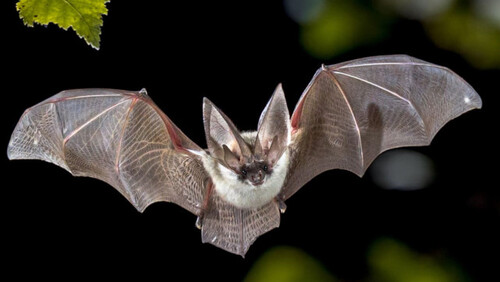
Snakes are seen as a symbol of betrayal, evil, and death in many cultures. The most famous example is the story in the Bible, where the snake tempted Eve to eat the forbidden fruit, leading to the fall of mankind. The snake's slithering style and cold-blooded nature make them mysterious and terrifying in the eyes of humans.
In Christianity, snakes often symbolize Satan or evil. In Hinduism and Buddhism, snakes are given more complex symbolic meanings, representing both protectors and destruction.
Snakes are important predators in the ecosystem, helping to control the number of rodents and other small creatures. Although their venom and bite power are frightening, most snakes are actually harmless to humans, and only a few species are fatally venomous.
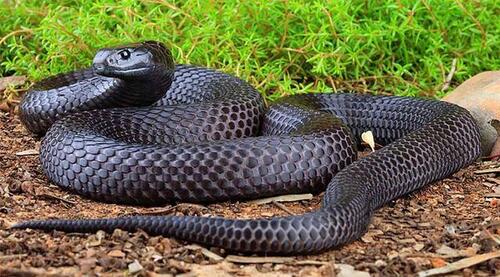
Ravens are similar to crows and are often considered harbingers of death and disaster. Due to their black feathers and habit of living in desolate places, ravens are often associated with battlefields and death in Norse mythology and Celtic legends.
In Norse mythology, ravens are followers of the main god Odin, who are responsible for scouting the battlefield and helping Odin decide the direction of the battle. This makes ravens a symbol of war, death, and fate.
Although ravens are often associated with ominous omens in culture, they are actually extremely intelligent birds. Ravens have a complex social structure and high intelligence, and can even solve problems and use tools.
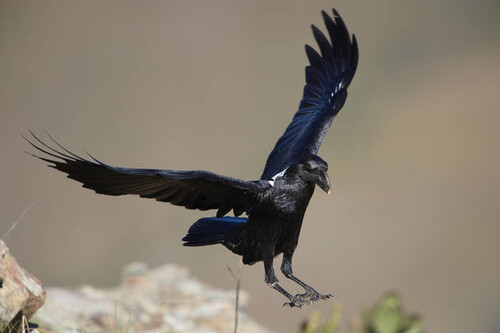
Moths, especially large ones, are seen as symbols of death and bad luck in many cultures. They fly in irregular patterns and often approach light sources at night, like ghosts wandering in the dark. Moths are considered symbols of the soul, especially in some cultures in Latin America and Africa, where they are believed to bring bad news or foreshadow death.
In some cultures, moths represent the departure of souls or the resurrection of the dead. Unlike butterflies, they symbolize mysterious and unknowable forces in the dark.
Although moths have ominous symbols, they play an important role in nature. Many moths are nocturnal pollinators that help maintain the reproductive cycle of plants. Moth larvae are also an important food source for many birds.
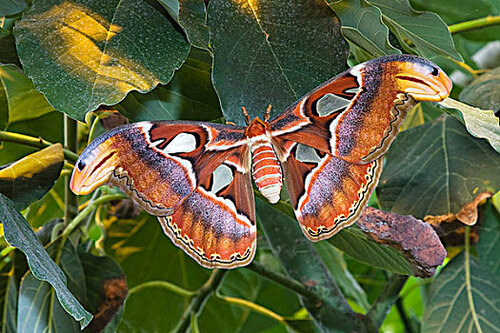
The reason why many animals that are considered ominous are given negative meanings in different cultures is often related to their appearance, behavior or living habits. Nocturnal nature, black or dark fur, irregular calls or mysterious lifestyles make these animals a symbol of mystery and fear in human superstitions and legends.
Although these animals are culturally associated with ominous symbols, they play an integral role in nature. Through proper understanding and scientific knowledge, we can break the superstition about these animals and recognize their contribution to the ecosystem.
animal tags: moth raven snake bat black-cat owl crow
We created this article in conjunction with AI technology, then made sure it was fact-checked and edited by a Animals Top editor.